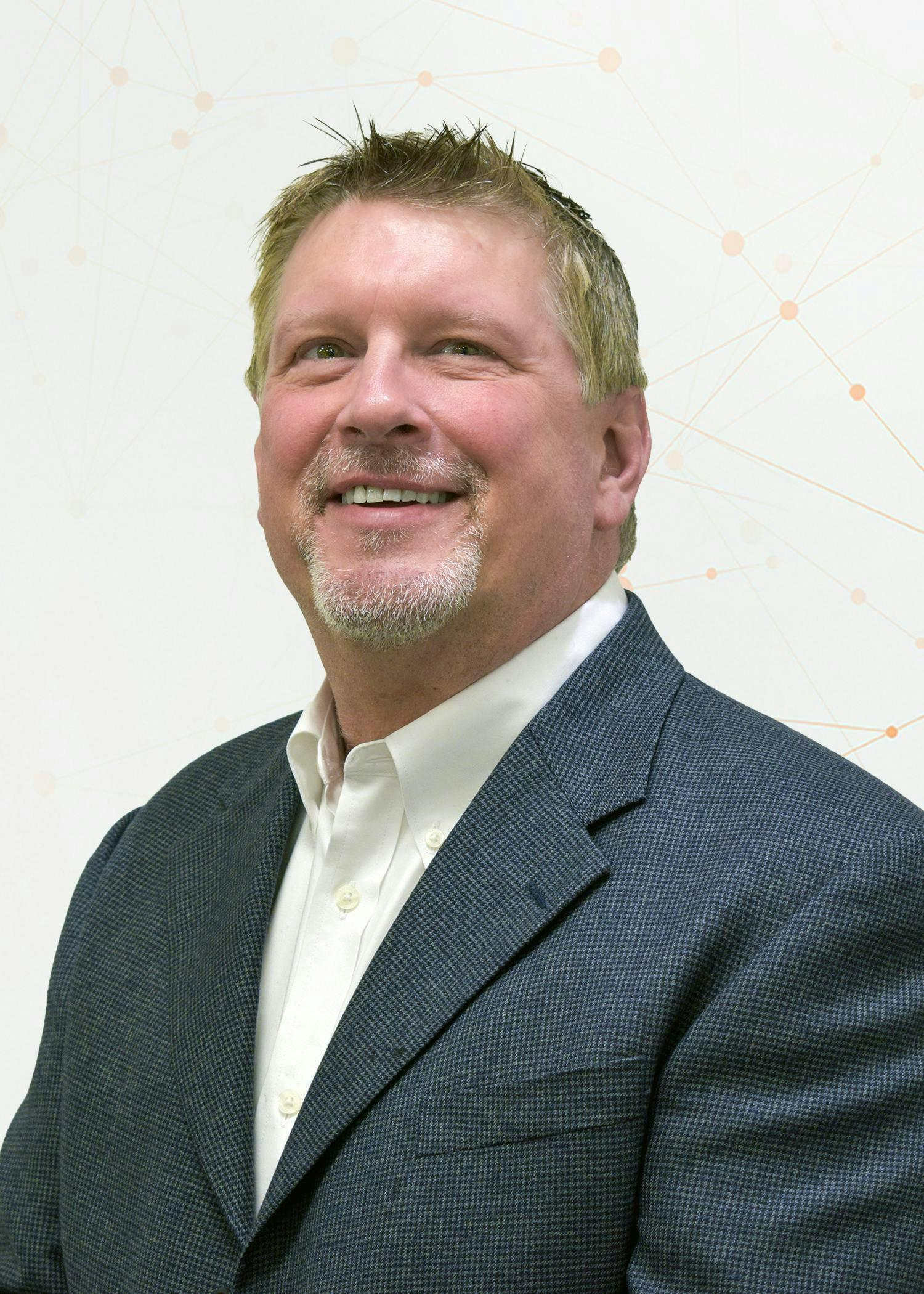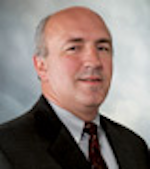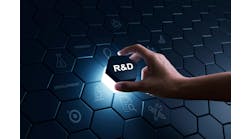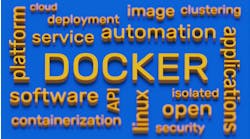Protocol and standard adaptability makes SDA impervious to obsolescence
Ken Crawford is senior director of automation at Weidmuller USA.
Get your subscription to Control Design’s daily newsletter.
What is the primary focus of software-defined automation (SDA)?
Ken Crawford, senior director of automation, Weidmuller USA: The primary focus so to allow a high level of hardware integration into a software platform where you can condense and consolidate a lot of features and functionality into a single hardware platform that runs and supports a wide range of applications that define the platform’s operation and decouple the hardware dependencies from the software. An early example is when the relay logic technology back in the 1970s was replaced with programmable logic controllers (PLCs) that eliminated the hardwiring of relays that acted like a sequential logic engine to define a process. Once these rigid and nonflexible circuits were deployed, changes were very slow to make and very costly. With a programmable controller, software defines the logic and operation, making it much quicker and easier to instantiate changes. This makes the system much more flexible, scalable and adaptable for many applications.
What are the primary benefits of software-defined automation?
Ken Crawford, senior director of automation, Weidmuller USA: Having a software-defined platform means that the solution is abstracted from the hardware, eliminating the need for single-source automation and can run on any compute device leaving the definition of the control solution to be made through an application or algorithm written by controls engineers that can be automatically maintained, upgraded, updated and monitored thereby greatly increasing flexibility and decreasing costs. Software-defined platforms are infinitely easier to deploy, are adaptable to many protocols and standards and are mostly impervious to obsolescence.
How does software-defined automation figure in the convergence of IT and OT?
Ken Crawford, senior director of automation, Weidmuller USA: Software makes the plant floor or remotely deployed machine infinitely available to the broader IT networks by allowing common industrial and Ethernet-based protocols to communicate with one another while allowing the industrial platform to be maintained by the broader network team. SDA makes more common and mainstream applications and computer capabilities available to traditional plant-floor devices in the OT network making them easier to maintain and administer through traditional IT resources and network administrators.
Which standards and protocols will be affected most or increase/decrease in use because of software-defined automation?
Ken Crawford, senior director of automation, Weidmuller USA: The widest adoption of Internet protocol (IP) will always be found in the highest-selling segment: desktops and laptops. These computers use the most common, transmission control protocol/Internet protocol (TCP/IP). For industrial protocols, TCP/IP can often be deployed on the same networks that utilize the more industrial protocols like Profinet and EtherNet/IP. The industrial protocols will always be deployed and used due to the specialization that dictates the use of these protocols. Motion, for instance, is heavy EtherCAT usage and has advantages that a laptop’s TCP/IP will never provide.
Which components will see the biggest impact from software-defined automation?
Ken Crawford, senior director of automation, Weidmuller USA: Controllers/industrial PCs (IPCs) are definitely the compute engines that SDA runs on. Other devices that are not as compute-heavy as PLCs are edge devices, gateway devices and motion controllers. SDA may be deployed in smart sensors, smart actuators and smart pumps. As we lean into artificial intelligence (AI), more devices that have been traditionally stand-alone devices will be more connected, allowing for and requiring SDA to maintain service.
In what ways does software-defined automation allow machine builders more flexibility in hardware selection and management?
Ken Crawford, senior director of automation, Weidmuller USA: The SDA capabilities are usually abstracted from the hardware. As long as the hardware can support the applications running on it, any hardware platform can be selected, as long as it meets the environmental, footprint, port and networking requirements.
How can machine builders prepare for and leverage software-defined automation?
Ken Crawford, senior director of automation, Weidmuller USA: Select hardware that runs an open-architected operating system.
How does software-defined automation build on existing IT and network infrastructure in factories and plants?
Ken Crawford, senior director of automation, Weidmuller USA: As long as the SDA applications support the protocols running in these plants and as long as the machines have the resources and performance when supporting the added or differentiated network-traffic burdens, the systems will be interoperable.
Tell us about your company’s state-of-the-art product that involves software-defined automation.
Ken Crawford, senior director of automation, Weidmuller USA: Our latest SDA-based product is our M series of programmable automation controllers (PACs). At the heart of these multi-core controllers is a open architected operating system we call u-OS. U-OS is a hardened Linux-based operating system (OS) that utilizes portainer.io to support containerization allowing users to install and run their third-party applications including Inductive Automation’s ignition platform.
The ability to install and run your control applications alongside our core controller capability of CoDeSys allows users to customize the controller with the features they need to complete the control system. Since the controller supports a wide range of open-source software, the platform is limitless in its ability to be remotely configured and operated.






